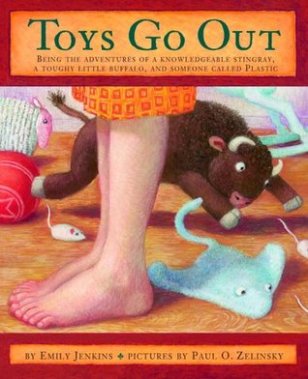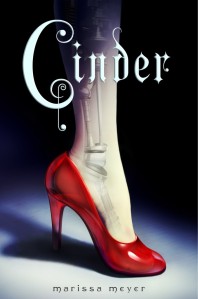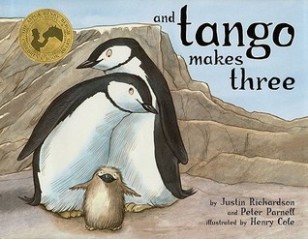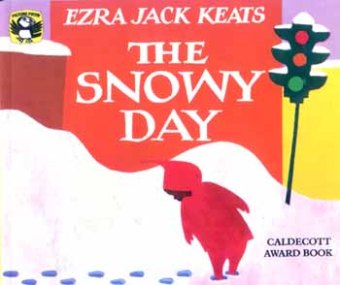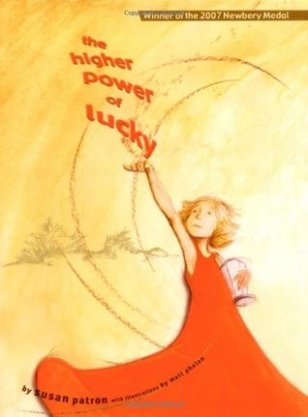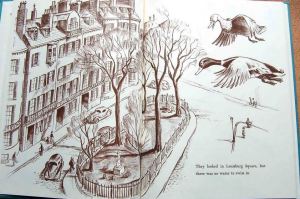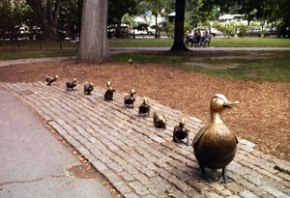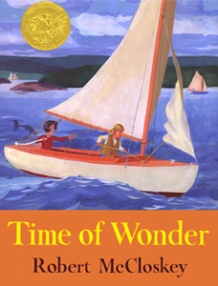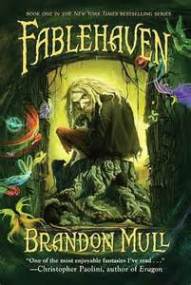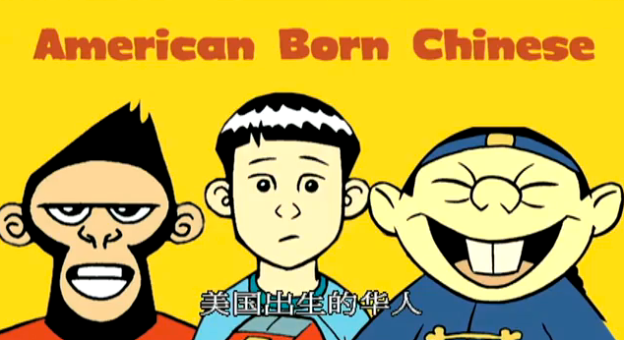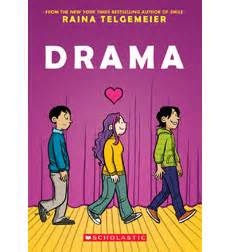 Drama by Raina Telgemeier is a book that hasn’t stayed on the shelf long in my library. It recently came back in long enough for me to have a chance to sit down and read it in order to see what had caught the attention of the students. The major appeal of this book has to be the fact that it is a graphic novel with some great and vividly colored illustrations, while at the same time offering a contemporary story about the life of a seventh-grader. The story follows the main character, Callie who is the set designer for stage crew in her school’s drama club. The entire book revolves around the production of Moon over Mississippi and the dynamics (in some cases drama) between all of the students working together in the cast and crew. Callie deals with her relationships with other characters, the poor ticket sales of the production and her trouble with a faulty prop cannon. She has awkward encounters with the opposite sex and trying to decode what they mean (typical for any 12 or 13-year-old), but at the same time she has real friendships with boys her age and a great best friend who helps her through the ups and downs.
Drama by Raina Telgemeier is a book that hasn’t stayed on the shelf long in my library. It recently came back in long enough for me to have a chance to sit down and read it in order to see what had caught the attention of the students. The major appeal of this book has to be the fact that it is a graphic novel with some great and vividly colored illustrations, while at the same time offering a contemporary story about the life of a seventh-grader. The story follows the main character, Callie who is the set designer for stage crew in her school’s drama club. The entire book revolves around the production of Moon over Mississippi and the dynamics (in some cases drama) between all of the students working together in the cast and crew. Callie deals with her relationships with other characters, the poor ticket sales of the production and her trouble with a faulty prop cannon. She has awkward encounters with the opposite sex and trying to decode what they mean (typical for any 12 or 13-year-old), but at the same time she has real friendships with boys her age and a great best friend who helps her through the ups and downs.
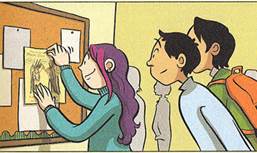
Really this story is so great because of the way that kids can relate to the main character and the everyday situations that are part of middle school/ junior high experiences. It made me remember how central school was for me. I can also make an easy comparison with the kids that I work with; it’s very much how they interpret what’s going on in their world and how some things that might be trivial to an adult are really important to kids. I love that Callie was so passionate about theater. She has bigger goals than just putting on a play and her ambition is part of her charm. This is a great middle grade book; I’d really recommend for anyone from 5th grade- 8th grade. Raina also did great on creating characters that were interesting and I liked that she incorporated the LGBT aspects in a way that is relatable and realistic for boys who are gay or questioning their sexuality. Overall it’s just a quick fun read with a lot of humor. This may even be more enticing for some reluctant readers. Raina has some other great graphic novels that look to be similar in style to Drama that I’ll have to check out soon.
